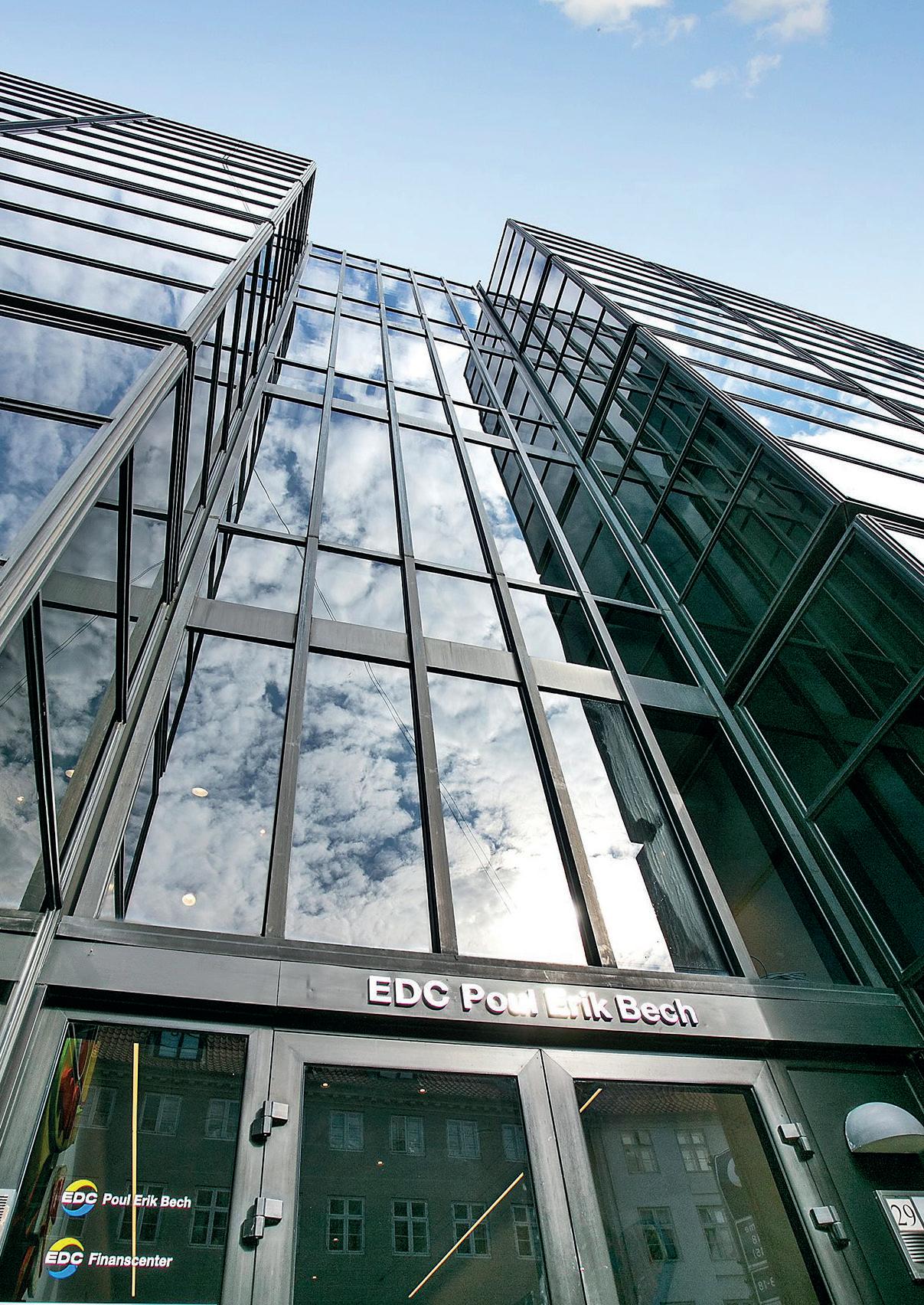
1 minute read
The Danish economy
After a GDP decline of 2% in 2020, due to Covid-19-related closures, the Danish economy saw strong growth in 2021, with an annual real growth rate of 4.9%. This progress was supported by the reopening of several service industries and was in line with forecasts. The preliminary calculation of GDP growth for 2022 is 3.6%, which is partly due to a single company’s investment in a patent in November 2022. The latest forecast from Danmarks Nationalbank shows an expected growth of -0.1% and 1.2% in 2023 and 2024. The estimate for GDP growth this year and next year is slightly lower than the last forecast, and thus indicates the prospect of a mild recession.
Interest rates have increased significantly in 2022, and the short mortgage rate has continued to increase in 2023. The upward pressure on interest rates can be linked to a combination of several factors, such as central banks trying to tame historically high inflation. Additionally, the war in Ukraine and the coronavirus pandemic are also significant contributors to high inflation. The long mortgage rate has been increasing over the past month and is currently at 4.60% as of February 2023. The short-term mortgage rate has also been increasing and is currently at 3.11% for February 2023.
Consumer confidence indicates the population’s view of its current and future economic situation and is thus a good indicator of how the general population is affected by Denmark’s economic situation. Consumer confidence in February was at minus 25.1 and has thus increased since January, where it was at minus 26.1. The average for the past six months is minus 29.1. Three out of five indicators that together make up consumer confidence have increased since last month.
Source: Statistics Denmark
The latest figures from Statistics Denmark for December 2022 show an increase in the number of employees by 1,810 persons, which corresponds to a 0.06% increase compared to November levels. The sectors experiencing the most significant increase in the number of employees were energy supply, public administration, defense, and police. Despite a decline in July, the number of employees remains at peak levels. Since December 2021, the number of employees has increased by 60,193 people.










